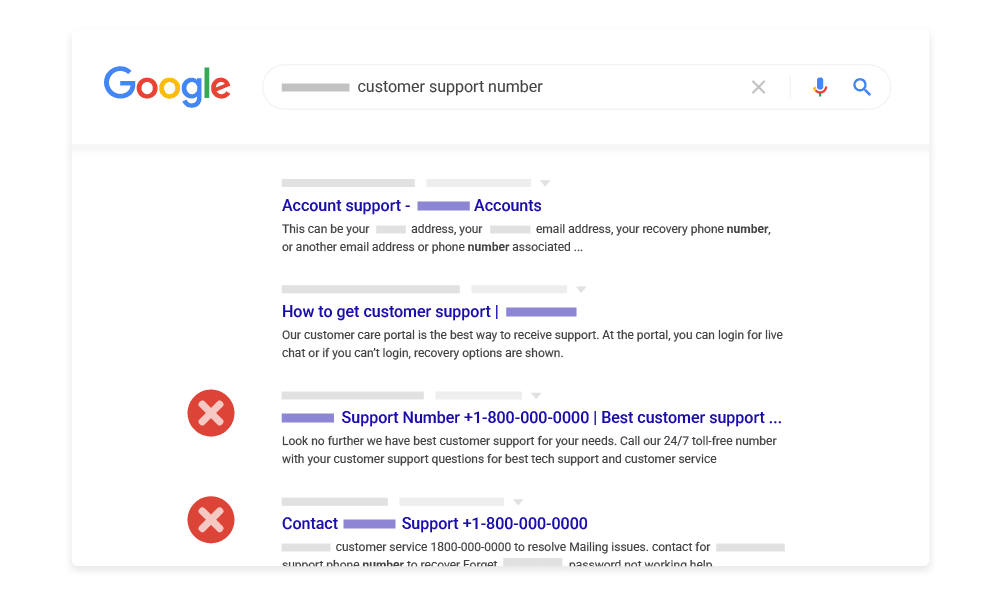Google has been very busy in June of 2021, with multiple updates hitting the SERPS, including a big core update, a spam update, and the page experience update.
The June core update finished rolling out on June 12th. The page experience updated followed, beginning to roll out on the 15th June. This will continue through to the end of August 2021. A spam update has also been rolling out in the latter half of June, with the second part of this update beginning to roll out on the 28th of June. All that, plus there’s going to be a July core update too. So if you are looking at your rankings or organic traffic and seeing fluctuating results, then this could be down to one or all of these updates, depending on the content affected and the area you cover.
As always, Google has not given any specific advice on dealing with these updates, aside from the normal line of ensure you provide high quality content your audience wants to read.
Let’s look at this in chronological order.
Google Core Update June 2021
Back on June 2nd 2021, Google announced the first core update for 2021, which will be followed up with a highly anticipated sequel update in July.
Google is pointing back to advice originally posted in August 2019, which shows that nothing extraordinary has changed in terms of how to improve your rankings.
Pages that drop after a core update don’t have anything wrong to fix. This said, we understand those who do less well after a core update change may still feel they need to do something. We suggest focusing on ensuring you’re offering the best content you can. That’s what our algorithms seek to reward. A starting point is to revisit the advice we’ve offered in the past on how to self-assess if you believe you’re offering quality content.
https://developers.google.com/search/2019/08/core-updates
Changes in the SERPs became apparent after June 4th. In terms of how volatile the update is, it is similar to the updates we saw in 2020 – both in May and December.
The impact did not have obvious repercussions, though mobile results seemed to have more fluctuations than the desktop equivalents. When looking at industries, real estate, vehicles, pets and travel are some of the most affected sectors.
Page experience update
The second wave of updates came in the form of the page experience update.
From June 17th Google has begun using page experience signals to help determine rankings.
Google determines the page experience via a number of signals. These include:
- LCP – largest contentful paint
- FID – first input delay
- CLS – cumulative layout shift
These make up the Core Web Vitals, which boils down to how quickly a page loads. This update also means that in order for content to be featured in top stories carousels, pages no longer have to be built on the AMP platform. However, the Core Web Vitals will need to be good.
Aside from these signals, Google also looks to see that the page/site is mobile-friendly, safe to browse, secured via an SSL (HTTPS) and does not feature any intrusive interstitials (annoying pop-ups which block the majority of the screen).
Spam update
Google’s spam update ran in the latter half of June, and officially concluded on June 23rd.
Google explained how it protects against spam in the following:
First, we have systems that can detect spam when we crawl pages or other content. Crawling is when our automatic systems visit content and consider it for inclusion in the index we use to provide search results. Some content detected as spam isn’t added to the index. These systems also work for content we discover through sitemaps and Search Console. For example, Search Console has a Request Indexing feature so creators can let us know about new pages that should be added quickly. We observed spammers hacking into vulnerable sites, pretending to be the owners of these sites, verifying themselves in the Search Console and using the tool to ask Google to crawl and index the many spammy pages they created. Using AI, we were able to pinpoint suspicious verifications and prevented spam URLs from getting into our index this way. Next, we have systems that analyze the content that is included in our index. When you issue a search, they work to double-check if the content that matches might be spam. If so, that content won’t appear in the top search results. We also use this information to better improve our systems to prevent such spam from being included in the index at all. The result is that very little spam actually makes it into the top results anyone sees for a search, thanks to our automated systems that are aided by AI. We estimated that these automated systems help keep more than 99% of visits from Search completely spam-free. As for the tiny percentage left, our teams take manual action and use the learnings from that to further improve our automated systems.
https://developers.google.com/search/2021/04/how-we-fought-search-spam-2020

Google has simply stepped up its game in terms of filtering out spam from ranking on Google. So while some will inevitably slip through, the amount should decrease with these updates.
Of course, as long as your site is spam-free, then in theory you will not be affected by this update.
June algorithm updates
All in all, the recommendations remain the same and if you are creating good quality content which addresses the intent of search queries then your rankings and organic traffic should reflect that.
It’s likely we will see more fluctuations in rankings and traffic over the next month as yet another broad core algorithm update comes into play, so it is worthwhile bearing this in mind when monitoring your SEM performance.












